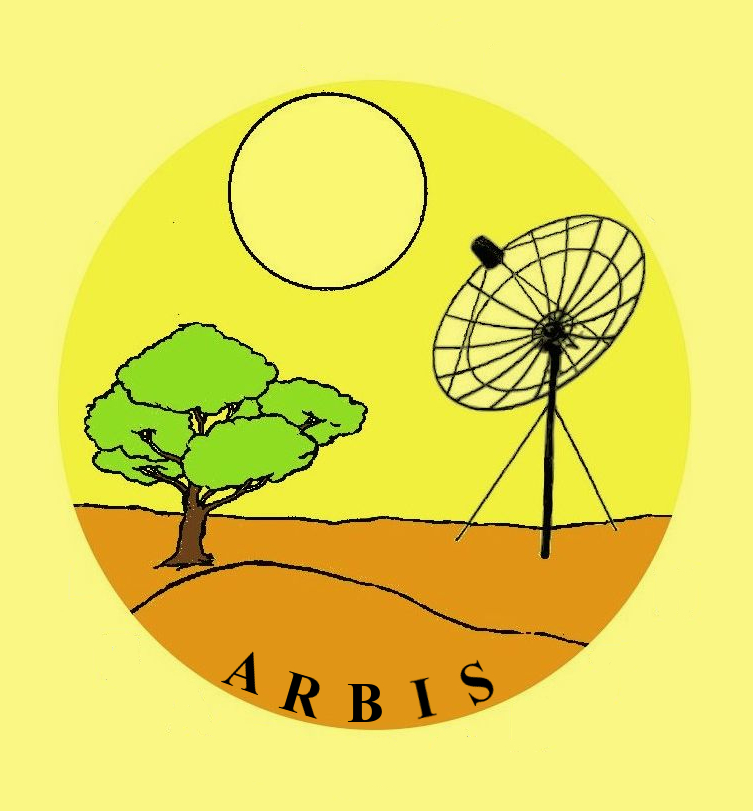|
Page maintained by v.lobzin (at) physics.usyd.edu.au |
Page last updated on 06-Dec-2010 |

|
ARBIS 3 A software package for
|

|
ARBIS 3 A software package for
|
Major space weather events like solar flares and coronal mass ejections are usually accompanied by solar radio bursts, which can be used for a real-time space weather forecast. Both type II and III solar radio bursts are assumed to be generated by fast electrons, the emission being at the plasma frequency and/or its second harmonic. These bursts have dynamic spectra with frequency falling with time. Typical durations of coronal type II and type III bursts are several minutes and several seconds, respectively.
ARBIS automatically detects both type II and III radio bursts in solar radio spectra provided by the Learmonth and Culgoora solar radio spectrographs. The outputs are lists of events and near-real-time alerts via e-mail.
Preliminary tests with spectra obtained in 2002 show that the performance of the current implementation is quite high: ~84% for type III bursts observed at Learmonth and ~80% for type II at both observatories. The probability of false type II events is reasonably low, 0.004-0.010 false positives per hour for type II events. False type III events are produced by local lightning and electromagnetic interference.
ARBIS 3 also shows information about CMEs detected by CACTUS in images from LASCO, as well as X-ray fluxes measured by GOES. Comparison of radio-derived results with information about CMEs and X-ray flares facilitates interpretation of radio data and space weather forecasting.
Recent type II detections: real-time and yesterday
Recent type III detections: real-time and yesterday
Automatically generated archive (refreshed daily)
Lobzin, V. V., I. H. Cairns, P. A. Robinson, G. Steward, and G. Patterson (2009), Automatic recognition of coronal type II radio bursts: The ARBIS method, ApJ, 710, L58-L62, doi:10.1088/2041-8205/710/1/L58. [Abstract+Article]
Lobzin, V. V., I. H. Cairns, P. A. Robinson, G. Steward, and G. Patterson (2009), Automatic recognition of type III solar radio bursts: Automated Radio Burst Identification System method and first observations, Space Weather, 7, S04002, doi:10.1029/2008SW000425. [Abstract+Article]
Lobzin, V. V., I. H. Cairns, P. A. Robinson, G. Steward, and G. Patterson (2009), Automatic Recognition of Coronal Type II Radio Bursts: The Method for ARBIS 2, 2009 AGU Fall Meeting (Eos Trans. AGU, 90(52), Fall Meet. Suppl., Abstract SH23A-1525). [poster]
Lobzin, V. V., I. H. Cairns, P. A. Robinson, G. Steward, G. Paterson (2010), ARBIS 3: A Software Package for Automated Radio Burst Identification, 2010 AGU Fall Meeting. (Abstract SH11B-1661). [poster]
The Complex Systems Group at the University of Sydney
IPS Radio and Space Services (a unit of the Bureau of Meteorology)
The Learmonth Solar Radio Spectrograph
|
Page maintained by v.lobzin (at) physics.usyd.edu.au |
Page last updated on 06-Dec-2010 |
The project is funded by Australian Research Council, IPS Radio and Space Services, and University of Sydney.